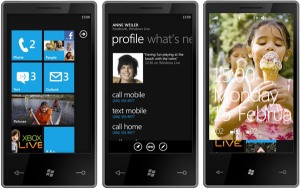HP Slate is entirely multi-touch competent and can be used as an Internet/Web surfing device or as a Kindle like ebook reader, and it can do light gaming also. During the keynote, Kindle app and Frogger game was verified on it. At the moment, the specs of the device are still not known but HP has guaranteed to disclose more on it later today.
The HP Slate PC was presented by Steve Ballmer of Microsoft. Ballmer described the HP Slate as a convenient piece of device that is as portable as a mobile phone and as powerful as a PC running Windows 7.
The HP Slate Tablet PC has just been introduced to the public. It was presented at the Consumer Electronics Show Las Vegas 2010. HP Slate PC or HP Slate Tablet is a not the first of its kind but offers new great features. For those who are new to slates like the HP Slate or Hewlett Packard Slate, short information about such personal computers are discussed below.
A slate such as the Hewlett Packard Slate is actually a tablet PC that does not have a physical keyboard. Slates looks like writing slates of the old times only digital. These gadgets or devices are lightweight and slim making it portable. Slates like the HP Slate Tablet PC are also designed for durability by eliminating moving parts that could easily be damaged.
The HP Slate is not just a tablet PC, it has other functions that really comes in handy for mobile people like us. Aside from being a tablet PC, the HP Slate is also a book reader and a personal computer. HP Slate has three interesting modes: movie mode, reading mode and PC mode. The best thing about the HP Slate Tablet PC is that it is powered by the multi-touch features of Windows 7. The HP Salte also utilizes the book reader features by Amazon. This Microsoft-HP product will be released in the market later in 2010.





